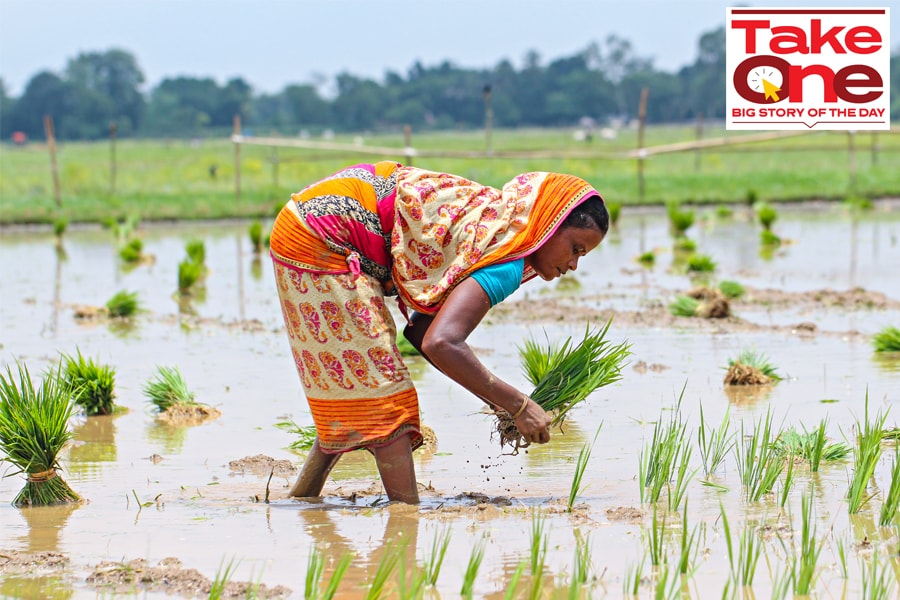
Budget 2024: Can the government handle rural distress only through subsidies and schemes?
As rural growth continues to be a concern, the government may push the pedal to spur spending—through subsidies or new schemes. The upcoming state elections and a coalition government at the Centre may mean an increase in rural spends
 Government is expected to announce measures to push rural growth and spending higher.
Image: Shutterstock
Government is expected to announce measures to push rural growth and spending higher.
Image: Shutterstock
As the new government presents the Union Budget on July 23—for the first time with its state-level coalition partners—all eyes will be on how it plans to stick to the fiscal consolidation path and, perhaps, pivot towards rural and welfare spending from capex. Besides setting straight its priorities, the Union Budget will have to showcase how it plans to manage the allies’ financial demands and present its vision for the next five years.
The government is expected to announce measures to push rural growth and higher spending, as severe weather conditions have impacted farm income while food price inflation has stayed elevated for a longer period of time. Disruptions caused by heat waves and sporadic rains have led to a spike in prices of essential perishable food items like vegetables, pulses and spices. Gradual decline in inflation and revival in rural segment are critical for the new government—for both political stability and economic growth.

















